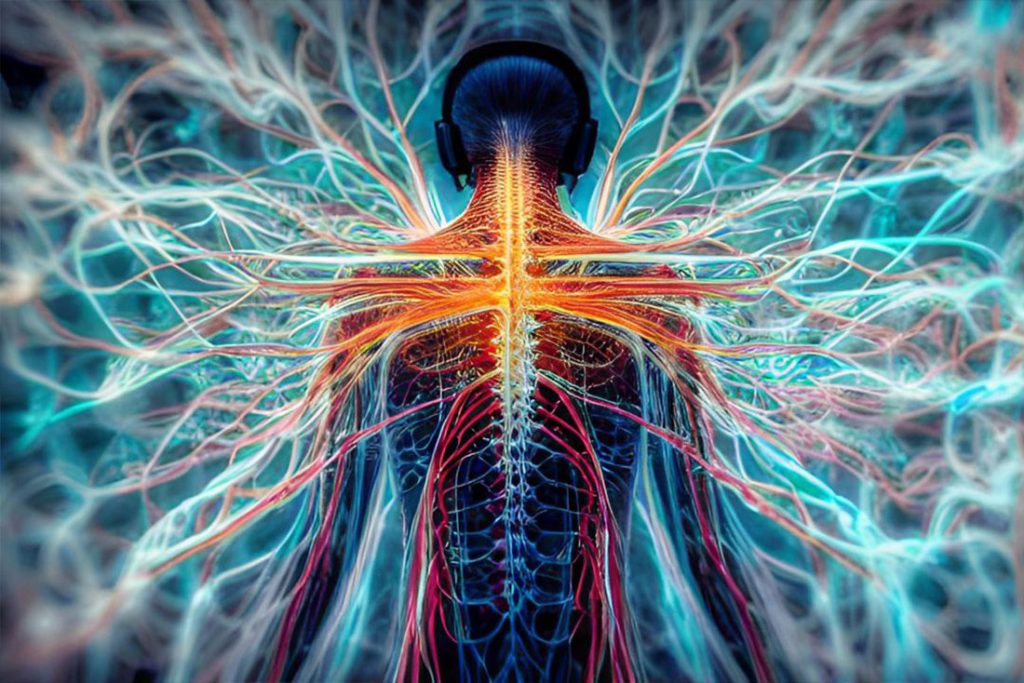Exploring the Spinal Cord: Structure and Function
The spinal cord, a vital component of the central nervous system (CNS), plays a fundamental role in relaying sensory and motor information between the body and the brain. This article provides a comprehensive overview of the structure and function of the spinal cord, highlighting its cylindrical shape and the presence of a central canal.

Spinal Cord
Structure of the Spinal Cord
The spinal cord is a long, slender bundle of nerve fibers that extends from the base of the brain down the vertebral canal. It is approximately cylindrical in shape and consists of distinct anatomical regions.
- External Anatomy: The external anatomy of the spinal cord can be described by its overall length, diameter, and the number of vertebral levels it spans. In adults, the spinal cord typically extends from the foramen magnum at the base of the skull to the level of the first or second lumbar vertebra. It is enclosed and protected by the bony vertebral column, providing stability and support.
- Cross-Sectional Anatomy: When viewed in cross-section, the spinal cord exhibits a circular to oval shape. This shape is maintained by the gray matter and white matter regions present within its structure. The gray matter forms an H-shaped area in the center, while the white matter surrounds the gray matter.
a. Gray Matter: The gray matter of the spinal cord consists of cell bodies, dendrites, and unmyelinated axons. It is responsible for processing and integrating incoming sensory information and generating motor output. The gray matter can be further subdivided into dorsal (posterior), lateral, and ventral (anterior) horns, each housing different types of neurons.
b. White Matter: The white matter of the spinal cord contains myelinated axons that form ascending and descending pathways, facilitating communication between different levels of the CNS. These pathways transmit sensory information from the body to the brain (ascending tracts) and motor commands from the brain to the body (descending tracts). The white matter is organized into columns or funiculi, including dorsal (posterior), lateral, and ventral (anterior) columns.
- Central Canal: Running through the center of the spinal cord is the central canal, a small channel filled with cerebrospinal fluid (CSF). The CSF acts as a protective cushion and provides nourishment to the spinal cord. The central canal is continuous with the ventricles of the brain, ensuring the circulation of CSF throughout the CNS.
Functions of the Spinal Cord
The spinal cord serves as a crucial conduit for sensory and motor information between the body and the brain. It plays a vital role in several key functions, including:
- Sensory Processing: The spinal cord receives sensory input from various parts of the body, including the skin, muscles, joints, and internal organs. Sensory information is transmitted to the brain via ascending pathways, allowing us to perceive and interpret different sensations, such as touch, temperature, pain, and proprioception.
- Motor Control: Motor commands from the brain travel down the spinal cord through descending pathways. These pathways coordinate muscle movements, allowing us to perform voluntary actions, maintain posture, and engage in locomotion. The spinal cord also plays a role in reflex actions, which are rapid and involuntary responses to sensory stimuli that do not require input from the brain.
- Coordination and Integration: The spinal cord acts as a center for coordinating reflexes and integrating sensory and motor information. It allows for rapid and automatic responses to external stimuli, ensuring our survival and well-being.
The spinal cord, with its cylindrical shape and central canal, is a vital component of the central nervous system. Its structure and function enable the transmission and processing of sensory information and motor commands between the body and the brain. Understanding the intricate workings of the spinal cord is essential for diagnosing and treating various neurological conditions and injuries, advancing medical knowledge, and improving patient care.











